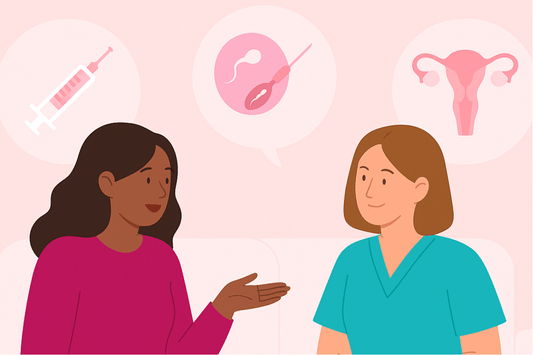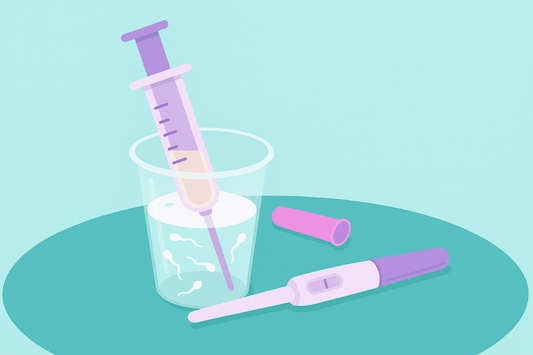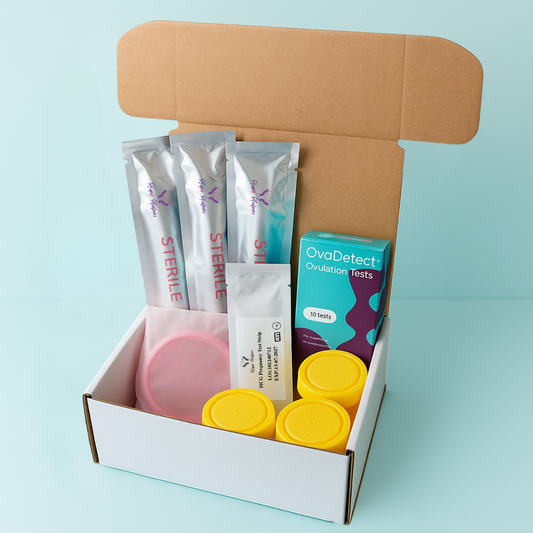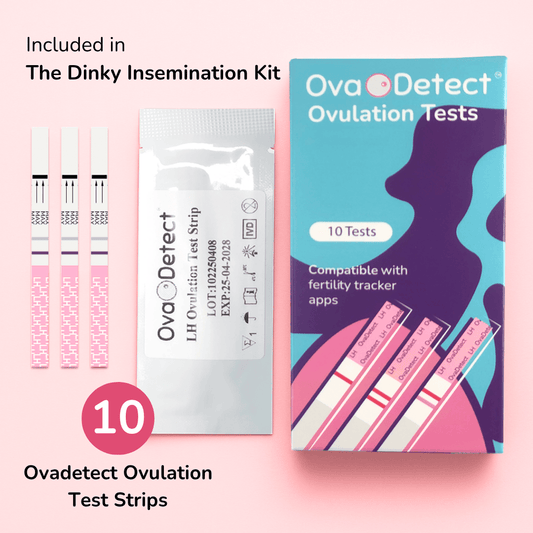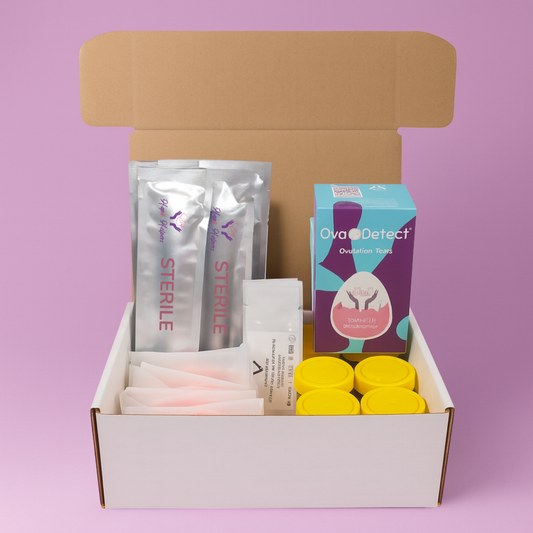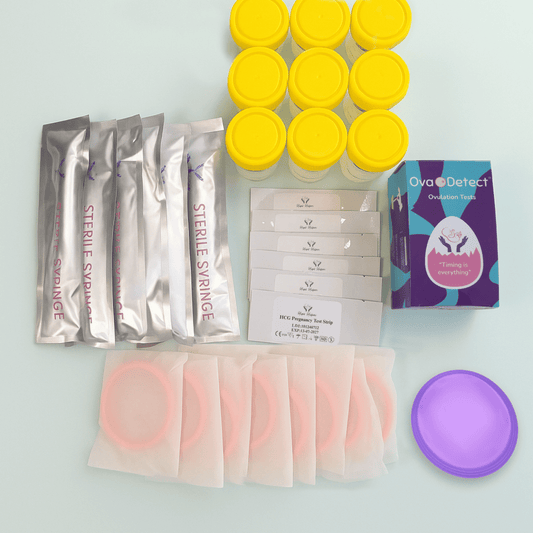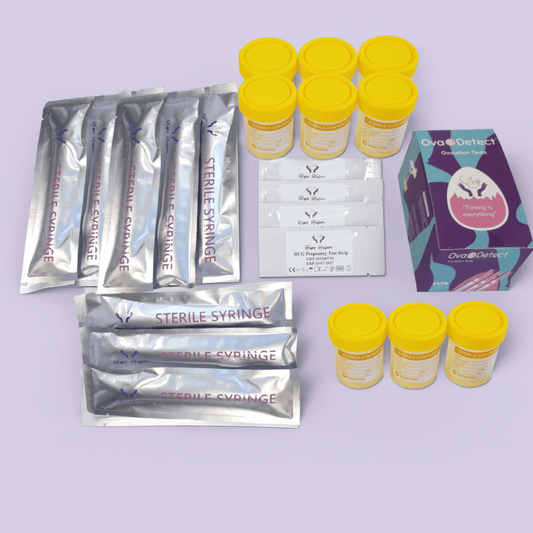A New Era of Family Building
Artificial insemination (AI) has been used for decades to help people conceive, but in recent years, its role in family creation has evolved far beyond a clinical procedure. Once considered an option mainly for couples facing infertility, artificial insemination is now empowering people to choose how they build their families.

Redefining What Family Means
Artificial insemination (AI) has been used for decades to help people conceive, but in recent years, its role in family creation has evolved far beyond a clinical procedure. Once considered an option mainly for couples facing infertility, artificial insemination is now empowering people to choose how they build their families.
From single parents by choice to LGBTQ+ couples, Artificial Insemination has opened new paths to parenthood, allowing families to form in ways that reflect love, intention, and independence rather than tradition or expectation.
Breaking the Traditional Mold
Historically, artificial insemination was used quietly, often by heterosexual married couples struggling with male infertility. The process carried social stigma, and donor anonymity was the norm.
But the world has changed. Today, artificial insemination is not only a medical solution but also a symbol of reproductive freedom. It gives people control over when and how they want to become parents and who they want to become parents with.
The rise of single motherhood by choice has been one of the most powerful forces behind this shift. More women are choosing to build their families on their own terms, no longer waiting for the “right” partner or the “perfect” time. Greater financial independence, changing gender expectations, and supportive communities have made this path both achievable and celebrated.
Likewise, LGBTQ+ couples have played an incredible role in normalising artificial insemination. As laws, visibility, and representation have grown, so too has access to inclusive fertility care. Many clinics now offer tailored support for queer couples, while home insemination gives even more flexibility for those who want privacy and connection in the process.
As a result, many countries have shifted toward open-donor policies, which allow donor-conceived children to access identifying information once they reach adulthood. The move toward transparency reflects a broader social change: the belief that every person has the right to know their story.
The Changing Face of Donor Anonymity
In the past, sperm donation was entirely anonymous. Donors and recipients rarely knew anything about one another. But with the rise of at-home DNA testing, complete anonymity is no longer possible.
Donor-conceived children are now using genetic testing platforms like 23andMe and AncestryDNA to learn more about their biological origins. This has opened up new conversations around identity, connection, and the rights of donor-conceived individuals to access their genetic information.
As a result, many countries have shifted toward open-donor policies, which allow donor-conceived children to access identifying information once they reach adulthood. The move toward transparency reflects a broader social change: the belief that every person has the right to know their story.
The Rise of Private Sperm Donation
Another major shift in the fertility landscape is the rise of private sperm donation. Online groups and social platforms (read this article to check out the only Facebook sperm donation group we recommend in NewZealand) now connect donors directly with recipients, bypassing sperm banks and clinics.
This approach can offer more choice and autonomy, and it’s often far more affordable than clinic-based insemination. However, it also raises important questions about safety, medical screening, and legal rights. Without professional oversight, both donors and recipients can face legal or health risks if proper precautions aren’t taken. This article can help you learn more about your donor - About Your Donor
Ethical Breaches and the Case of Dr. Burton Caldwell
While artificial insemination has provided countless families with opportunities to conceive, it has also been marred by cases of unethical medical practices. One of the most recent and shocking examples is the case of Dr. Burton Caldwell, a Yale endocrinologist accused of secretly using his own sperm to inseminate patients without their consent during the 1980s. His actions, which came to light through at-home DNA testing, have led to multiple lawsuits and renewed scrutiny on fertility fraud.
Caldwell’s case underscores the darker side of artificial insemination’s history, where a lack of oversight allowed unethical practitioners to exploit patients' trust. Fertility fraud cases often reveal complex motivations, ranging from personal delusions of genetic superiority to the pressure of achieving successful pregnancies for professional recognition. The discovery of these cases has led to significant emotional distress for affected families and has sparked conversations about the need for stricter legal regulations.
With the rise of direct-to-consumer DNA testing, it is now harder for fertility fraud cases to remain undiscovered. This shift highlights the growing demand for transparency and accountability in reproductive medicine. In response, some jurisdictions have begun enacting laws that criminalise fertility fraud, ensuring greater protections for individuals seeking assisted reproductive technologies.
This shift represents something bigger than science, it’s about empowerment. It’s about giving people back the ability to build families on their own terms, regardless of relationship status, gender, or circumstance.
The Future of Artificial Insemination
Artificial insemination is now firmly part of modern family planning. Advances in reproductive medicine are making the process safer and more accessible.
Still, cost remains a barrier for many, which is why at-home insemination is becoming a first step for people starting their fertility journey. With sterile tools like InsemiAid syringes, specimen cups, and OvaDetect ovulation strips, it’s now possible to try at home safely and with confidence before turning to clinical treatment if needed.
Artificial insemination has transformed from a discreet medical fix into a symbol of modern family building. It celebrates autonomy, inclusivity, and the beautiful diversity of today’s families.
Yes, the field still faces ethical and legal challenges, but its core purpose has never been clearer: to make parenthood possible for everyone who dreams of it.
Whether it happens in a clinic or at home with the support of tools like the Hāpū Helpers Stellar Insemination Kit, artificial insemination is no longer a secret solution, it’s a story of choice, courage, and love.

If you need help going through any block, talking with a TTC consultant can help! Book a FREE 15-minute virtual consult today!
Book a TTC consultation


